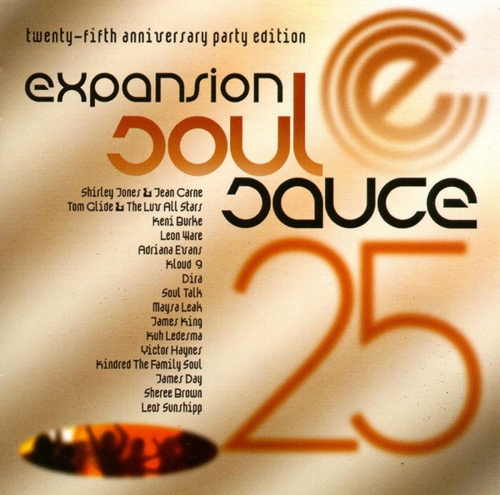Wolf Harden - Franz Lehár: Piano Sonatas (2000)

Artist: Wolf Harden
Title: Franz Lehár: Piano Sonatas
Year Of Release: 2000
Label: CPO
Genre: Classical
Quality: FLAC (image+.cue,log,scans)
Total Time: 01:13:45
Total Size: 250 Mb
WebSite: Album Preview
Tracklist: Title: Franz Lehár: Piano Sonatas
Year Of Release: 2000
Label: CPO
Genre: Classical
Quality: FLAC (image+.cue,log,scans)
Total Time: 01:13:45
Total Size: 250 Mb
WebSite: Album Preview
01. Klaviersonate F-dur - 1. Allegro con brio [0:08:13.45]
02. Klaviersonate F-dur - 2. Andante sostenuto [0:05:48.42]
03. Klaviersonate F-dur - 3. Scherzo. Allegro ma non troppo [0:03:20.13]
04. Klaviersonate F-dur - 4. Rondo. Allegro moderato [0:04:54.50]
05. Klaviersonate d-moll - 1. Andante - Allegro moderato [0:12:38.10]
06. Klaviersonate d-moll - 2. Allegretto [0:08:02.62]
07. Klaviersonate d-moll - 3. Scherzo. Vivace [0:06:22.58]
08. Klaviersonate d-moll - 4. Finale. Allegro vivace [0:12:23.20]
09. Fantansie für Klavier As-dur [0:12:05.05]
Performers:
Wolf Harden – piano
Musical institutions have their funny ideas, and the quirk of the Prague Conservatoire in the 1880s was that if you were an instrumentalist you couldn't be a composer, too (evidently no one had told them about Bach, Mozart, Beethoven, Chopin et al). At his father's insistence Léhar was enrolled as a violinist, but his real interest lay in composition. He took a few secret lessons from Fibich and had the opportunity to play his D minor sonata to Dvorak, who urged him to give up the violin and switch to the composition classes. But Léhar senior was adamant and Lèhar is to be considered as practically a self-taught composer.
The works on this disc all belong to his Conservatoire period and were written between the ages of 16 and 17. In these same years Léhar wrote two further sonatas and two scherzos. Thereafter his only piano works were twelve salon pieces published in 1909. I owe all this information to Stefan and Peter Frey's notes which perhaps overstate the case for the music but appear to be admirably researched as regards the facts.
Despite Dvorak's praise and the booklet-writers' pleading, it is the F major sonata which I found most engaging. The first movement in 6/8 time has a jig-like rhythm and a coincidental resemblance to a (much later) song by Stanford which gives it a rather Irish feel, for a British listener at least. The slow movement is not especially characterful but the remaining two maintain the early-morning freshness of the first, even though one becomes increasingly aware that the themes are short-breathed and not very memorable. Léhar was as yet unable to tap the vein of melodic gold which nature had given him.
The D minor sonata is too long for its own good (almost 40 minutes), ramshackle in construction and, again, unmemorable. Its finale does include, however, the one moment on this disc which points to the future, where a saucy dance tune goes through some equally saucy modulations. A lack of firm construction matters less with the Fantasie, but the lack of memorable themes does.
This ultimately comes into the "interesting-to-have-heard-it" category, though I shall return to the F major sonata from time to time. As far as I can tell without a score the performances are excellent, appreciative of the music's merits without trying to give it more weight than it can bear. The recording has a fine bloom so those interested in the byways of romantic pianism need not hesitate. -- Christopher Howell
The works on this disc all belong to his Conservatoire period and were written between the ages of 16 and 17. In these same years Léhar wrote two further sonatas and two scherzos. Thereafter his only piano works were twelve salon pieces published in 1909. I owe all this information to Stefan and Peter Frey's notes which perhaps overstate the case for the music but appear to be admirably researched as regards the facts.
Despite Dvorak's praise and the booklet-writers' pleading, it is the F major sonata which I found most engaging. The first movement in 6/8 time has a jig-like rhythm and a coincidental resemblance to a (much later) song by Stanford which gives it a rather Irish feel, for a British listener at least. The slow movement is not especially characterful but the remaining two maintain the early-morning freshness of the first, even though one becomes increasingly aware that the themes are short-breathed and not very memorable. Léhar was as yet unable to tap the vein of melodic gold which nature had given him.
The D minor sonata is too long for its own good (almost 40 minutes), ramshackle in construction and, again, unmemorable. Its finale does include, however, the one moment on this disc which points to the future, where a saucy dance tune goes through some equally saucy modulations. A lack of firm construction matters less with the Fantasie, but the lack of memorable themes does.
This ultimately comes into the "interesting-to-have-heard-it" category, though I shall return to the F major sonata from time to time. As far as I can tell without a score the performances are excellent, appreciative of the music's merits without trying to give it more weight than it can bear. The recording has a fine bloom so those interested in the byways of romantic pianism need not hesitate. -- Christopher Howell






![Specht - Dawn (2022) [Hi-Res] Specht - Dawn (2022) [Hi-Res]](https://img.israbox.com/img/2025-12/21/6134nsos4nwrfp8p503nmr24q.jpg)

![Lionel Hampton - Many Splendored Vibes (Remastered) (2022) [Hi-Res] Lionel Hampton - Many Splendored Vibes (Remastered) (2022) [Hi-Res]](https://www.dibpic.com/uploads/posts/2025-12/1766397160_lhsv500.jpg)
